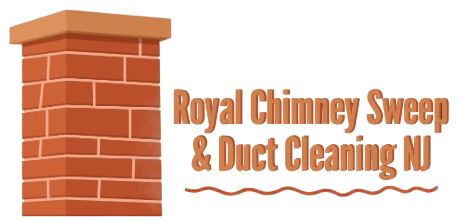A warm fireplace can transform your home into a cozy retreat during the colder months. But behind that comfort is an important responsibility: regular chimney sweep services. Knowing how often to schedule one keeps your home safe, your fireplace efficient, and your air quality clean.
Why a Chimney Sweep Is Important
Every time you burn wood, soot, ash, and creosote accumulate inside the flue. Creosote is highly flammable and is a leading cause of chimney fires. A professional chimney sweep removes this buildup, reduces fire hazards, and ensures harmful gases like carbon monoxide can escape safely.
How Often Should You Schedule a Chimney Sweep?
According to fire safety guidelines, homeowners should schedule a chimney inspection and sweep at least once a year. However, how often you need one depends on several factors:
- Frequency of use: If you use your fireplace daily during winter, you may need two sweeps per year.
- Type of fuel: Wood-burning fireplaces produce more creosote than gas or pellet stoves.
- Condition of the chimney: Older or damaged flues may require more frequent checks.
Signs You Need a Chimney Sweep Sooner
Waiting until the annual appointment isn’t always enough. Schedule a chimney cleaning if you notice:
- A strong, smoky odor inside the home
- Black soot around the fireplace opening
- Difficulty starting or maintaining fires
- Excessive creosote flakes falling into the firebox
Best Time of Year to Schedule a Chimney Sweep
The ideal time is before the heating season begins, usually late summer or early fall. This ensures your fireplace is ready when temperatures drop. If you use your fireplace heavily, a mid-season sweep may also be necessary.
Expert Tips for Chimney Maintenance
To reduce buildup between professional cleanings, keep these practices in mind:
- Burn only seasoned hardwood, as green or wet wood produces more creosote.
- Install a chimney cap to prevent leaves, rain, and animals from entering.
- Check your smoke and carbon monoxide detectors regularly.
- Schedule a professional chimney inspection along with the sweep for complete safety.
Chimney Sweep vs. Chimney Inspection
While both terms are related, they serve different purposes. A chimney sweep focuses on cleaning out soot and creosote, while an inspection checks for cracks, blockages, and structural issues. For complete protection, combine both services annually.
Conclusion
Regular chimney sweep services are not just about cleanliness—they are essential for safety and efficiency. Scheduling a yearly sweep, and more often if needed, ensures your fireplace remains a reliable source of warmth and comfort all season long.
